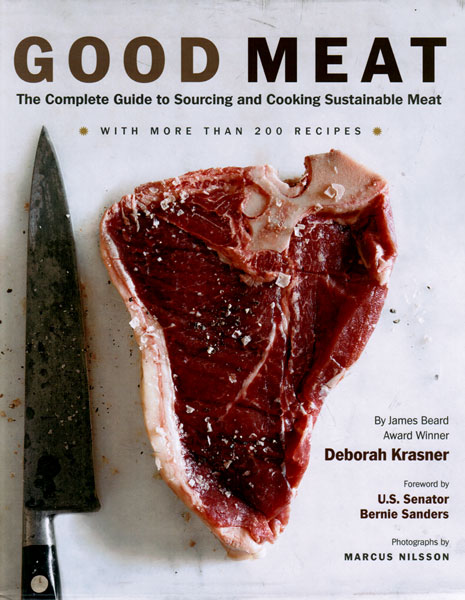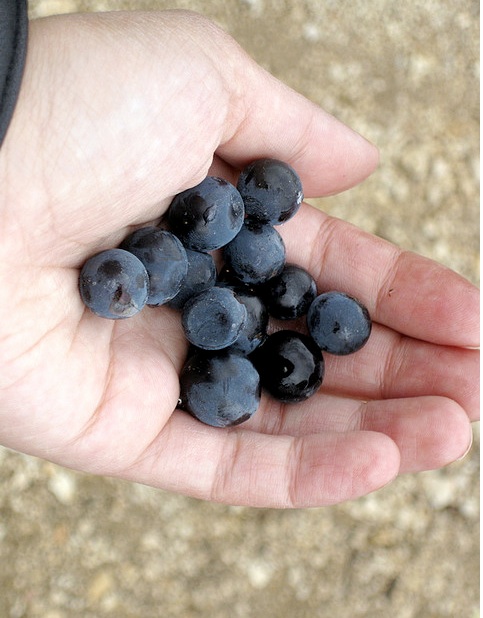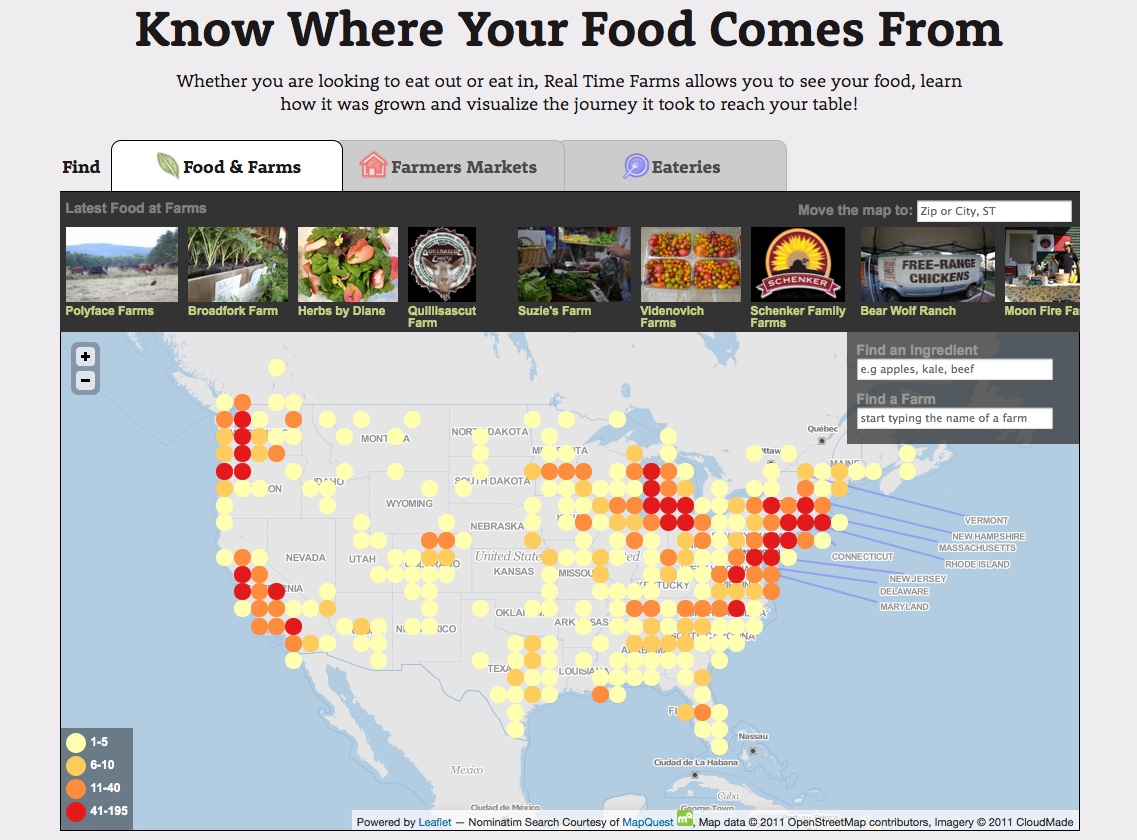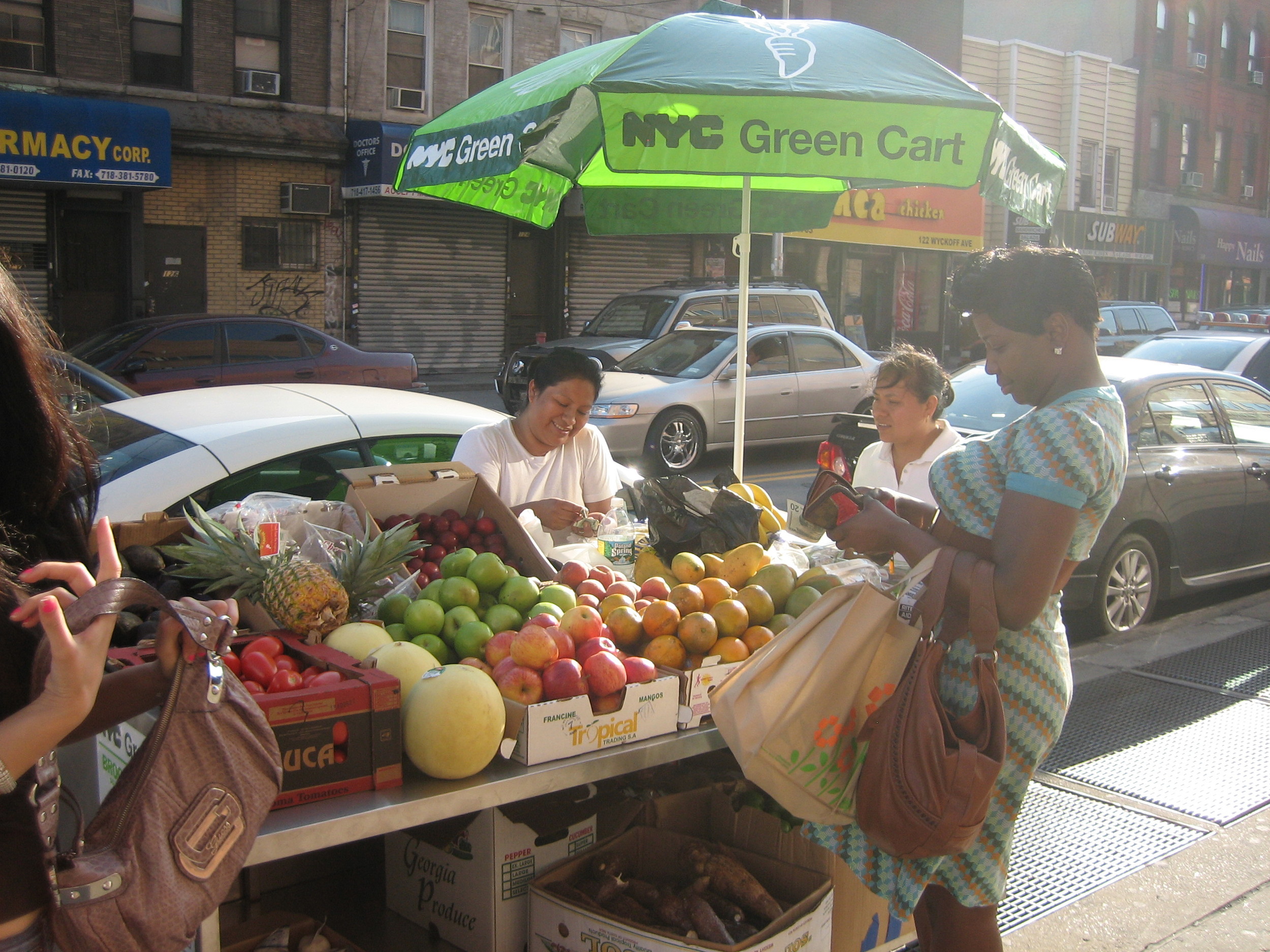It's funny how often my favorite concerts have been those I've attended by accident.
Last fall, I wrote about my love affair with Rockwood Music Hall, and how it led me to discover the eerie eloquence of singer/songwriter Freddie Stevenson. Yet before I discovered the NYC trick of frequenting well-curated venues, I was rambling through the musically confusing landscape of Paris, where truly great gigs were less easy to find.
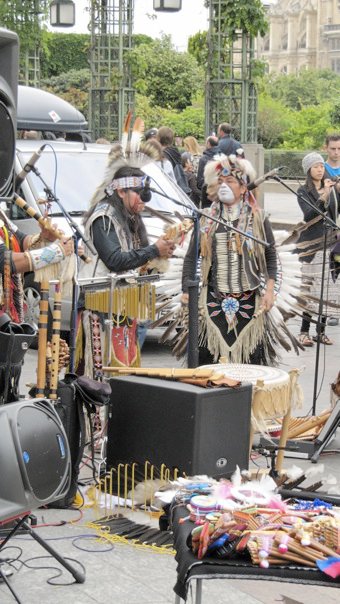
There is one day, however, in France when music quite literally lines the streets: the annual Fête de la Musique. This day-long, free music festival coincides with the summer solstice (June 21) and, since its inception in 1982, has become an international celebration. (Make Music NY is one of the more recent iterations of the festival.) In Paris, the fête is so extensive that you can simply follow the sound of music through the cobbled streets of the city.
I was in town for the Fête in 2010, and spent most of the morning rambling around Les Halles, hopping from one ubiquitous pan flute to another django-esque guitarist. Eventually, I met up with my friend Gina, who suggested we head to the Palais Royal. (The first time Gina and I had gone to a concert, it was to see Manu Chao at the Fête de l'Humanité, a communist festival which quickly turned into a mosh-pit nightmare. Needless to say, my expectations were low.)
The Palais' program was to celebrate female performers, none of whose names we had ever heard. After head-bobbing to singer/songwriter Madjo's pop-y tunes, we snuck off for some snacks. The historic park was pleasantly buzzing when we left, but upon our return, it had swollen with anticipation. We wove our way back to the front, just as the crowd began to roar. There she was, a regal, afro'ed vixen in red: the Mallorcan "Flamenco Queen", Buika.
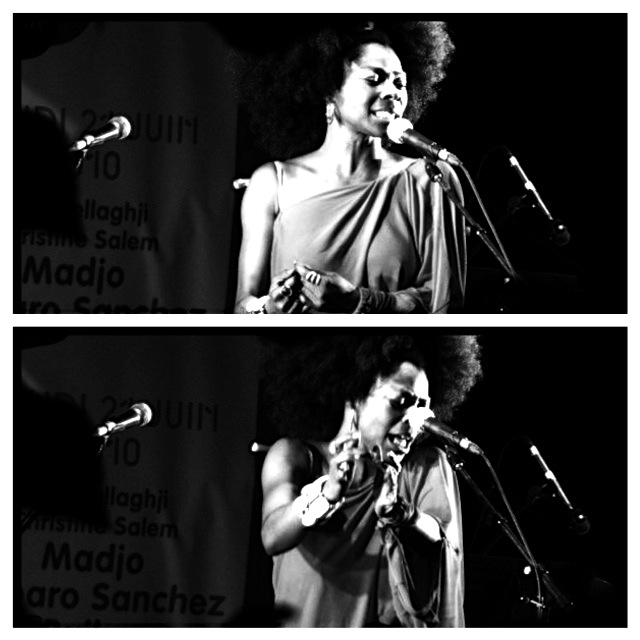
For two hours under the dark, open skies and uniquely Parisian box-cut trees, we swayed - squished but mesmerized -beside a group of overzealous Italians screaming "che bella!" (when not singing along in broken Spanish). Though I didn't understand a word of the lyrics, I couldn't take my eyes off the slim, vivacious siren. Buika's musicality and rhythm were exceptional, laced with a feisty humor and passion that transcended linguistic boundaries. To this day, I vividly recall her heartfelt performance of "Volveras".
http://www.youtube.com/watch?v=_WkXzrI6m6o
For months after that concert, I downloaded Buika's various albums, singing along in my 5th floor mezzanine bedroom, attempting to repossess some of the magic of that night. But her records, while still admirable, held only the slightest glimmer of the singer's commanding stage presence. If it is disappointing when a band sounds worse in concert than they do on the radio, it is even more frustrating to discover an exceptional live artist whose albums are comparably unremarkable.
Two years later - almost to the day - I learned Buika was coming to New York City. I immediately snatched up tickets, raving to friends about "one of the best concerts of my life". But as the day drew closer, I wondered if my second, intentional evening with Buika could ever live up to that accidental night in Paris.
The set-up at the Highline Ballroom was sparse - a single guitar and a percussionist on cajón. Buika glided on stage with a sleek, long hairstyle and a red, bustled dress. She was as quirky and elegant as ever, blessing the stage with her drink and excusing herself for her broken English. The Spanish speakers in the crowd began a dialogue with her almost instantaneously, echoing the zany energy of my Italian neighbors from the Palais Royal. And then, almost casually, she began to sing.
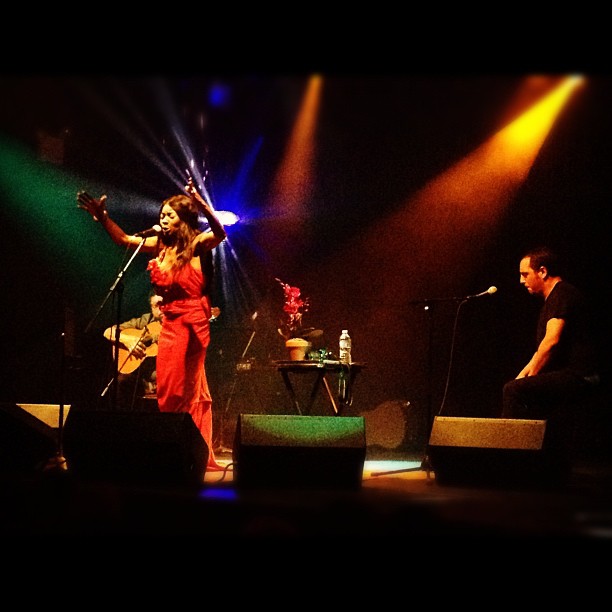
Some artists impress us with their musical skill - a unique sense of pitch or meter. Buika has both. But what struck me that night - as it did in Paris - was the emotion in her breath and her uncanny reverence for the present moment. Between songs, unabashedly personal banter eloquently revealed the source of her authentic performance style - "I think to sing is easy. It's about sincerity." - and witty insight into her lyrics - "At 3 o'clock in the afternoon, lies hurt my heart. But at 3 in the morning...lies are nice." On stage, she is both a real-life Carmen -approaching the microphone like a confident toreador - and the most convincingly heartbroken woman in the world.
If the Highline Ballroom was less romantic than a historic Parisian public garden, you wouldn't have known it that night. Part of Buika's enduring appeal is the sense that every concert is the most special performance of her life. In the end, there is only one word to describe her elusive aura : "gratitude". It is this emotion which she so uniquely inhabits and exponentially inspires in us, her admiring crowd.




